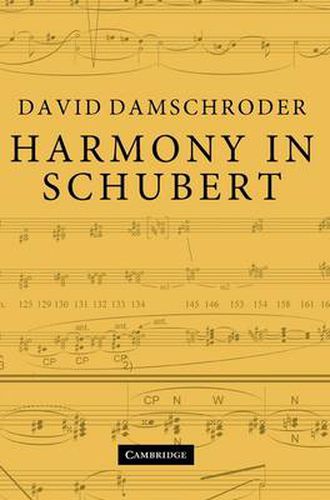Readings Newsletter
Become a Readings Member to make your shopping experience even easier.
Sign in or sign up for free!
You’re not far away from qualifying for FREE standard shipping within Australia
You’ve qualified for FREE standard shipping within Australia
The cart is loading…






One of Western music’s great harmonists, Franz Schubert created a wondrous and treasured body of music that has retained its fascination to this day. His innovative harmonic practice has been a topic of lively discussion among analysts for generations. Harmony in Schubert presents a fresh approach, yielding insightful readings of a large and varied range of excerpts, as well as readings of fifteen complete movements spanning Schubert’s chamber, choral, orchestral, piano, and vocal output. Damschroder reformulates the apparatus for Roman-numeral harmonic analysis, integrating his own speculations with various strands of historical analytical thought, including Schenkerian principles and historical perspectives. In addition, he juxtaposes his readings of complete movements by Schubert with discussions of how they have been interpreted by other Schubertian analysts. The book sets a new direction for the future of music analysis, proposing innovative improvements on existing methodologies.
$9.00 standard shipping within Australia
FREE standard shipping within Australia for orders over $100.00
Express & International shipping calculated at checkout
One of Western music’s great harmonists, Franz Schubert created a wondrous and treasured body of music that has retained its fascination to this day. His innovative harmonic practice has been a topic of lively discussion among analysts for generations. Harmony in Schubert presents a fresh approach, yielding insightful readings of a large and varied range of excerpts, as well as readings of fifteen complete movements spanning Schubert’s chamber, choral, orchestral, piano, and vocal output. Damschroder reformulates the apparatus for Roman-numeral harmonic analysis, integrating his own speculations with various strands of historical analytical thought, including Schenkerian principles and historical perspectives. In addition, he juxtaposes his readings of complete movements by Schubert with discussions of how they have been interpreted by other Schubertian analysts. The book sets a new direction for the future of music analysis, proposing innovative improvements on existing methodologies.